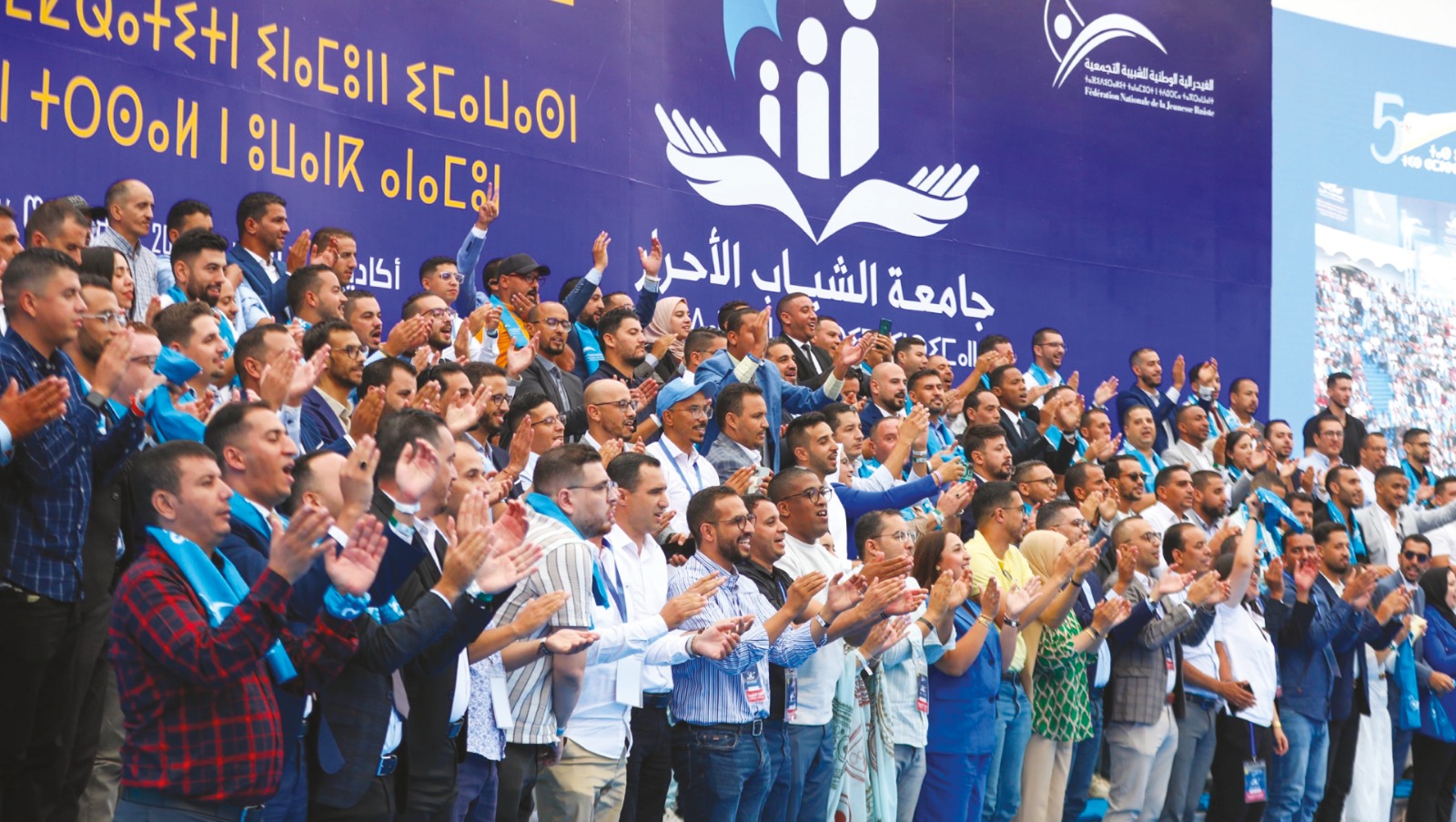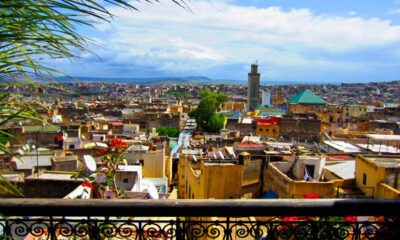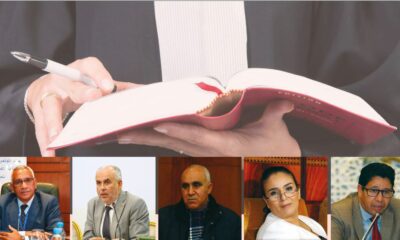Influences
Political Scene: Young People Always in Action!
They are not as they used to be. The youth of political parties, which some say are «in decline», are still there. But differently. Things are changing too.

As long as you follow them closely, the youth of Moroccan political parties are moving. And this is contrary to some analyses that have declared them dead and buried. Recently, the Youth Federation of the National Rally of Independents held its ordinary meeting in Agadir.
A meeting that fits into a dynamic established since its creation. Early February, the National Bureau of the Chabiba Ittihadia Parliament, following a meeting, decided to announce, for the month of Ramadan, «the rose days».
The young people of the PAM are not idle either. They are continuing preparations for the holding of their 2nd national congress scheduled for late June-early July. The youth of the PJD are also in mobilization mode. Its executive committee will launch «a new organizational dynamic across different regions», it is announced.
The youth of the MP, even discreet, are also preparing to «market» their vision across regions. These are just a few examples indicating that «blood is still flowing in the veins» of the nurseries meant to form the «future leaders» of Moroccan political formations.
However, these youth are not in the same situation, and some of their members complain that their leadership does not give them a chance to be in decision-making bodies. In fact, those seen in the parliamentary enclosure are only the «survivors» of the national list.
Because, some young people estimate, most political parties choose to rely, especially during elections, on «notables », even if they are not «card-carrying members ». But it’s just because they would have «sympathy capital in their constituencies ».
Diverse Rhythms
Be that as it may, this is not the case for all political formations. Examples are legion. Let’s take the case of the RNI, which sent the president of its youth federation, Lahcen Essaadi, to the arena in Taroudant in 2021. And he did not disappoint. At 31, the young man won his seat as a deputy hands down, and in October 2024, he became the youngest minister in the Akhannouch II government.
In this same majority, we also have the case of Mohamed Mehdi Bensaid. In his forties, he is a minister and a member of the PAM’s collegiate leadership. However, these are just two examples taken from «the basis of visibility », while there are others who are active, perhaps in the shadows, and who will soon emerge. But this does not prevent the fact that in certain political parties, young people are stuck in place.
They are brought in to «fill meeting rooms», occupy chairs at a congress, or «distribute flyers», if not to «chant slogans», says this analyst who knows what he’s talking about, having spent a good part of his life in the ranks of an organization.
For this young person who traded partisan militancy for associative activism, today’s youth are «in the image of the political landscape and are the product of the evolutions that have traversed it ». Before, he estimates, these youth were the «extension of their parent organizations in the midst of young generations, particularly in universities, when it wasn’t in schools, colleges, and other high schools».
They were there to «ensure the societal influence» of their formations by «occupying the terrain». Thinking back to the 1980s-1990s, our interlocutor will revisit the experience of the Chabiba Ittihadia and its confrontations with Islamists in faculties, where the two wings, which were the most visible, fought by proxy on behalf of their respective tutelages. With, as one would understand, «ideological underpinnings highlighted». Such confrontations that one would later find in the parliamentary chamber.
However, it is probably the absence of these flights that lead some analysts to say that the youth of political parties are in decline, or that one could even speak of a «crisis of party youth ». Nevertheless, our observer nuances.
From his point of view, «it is the conditions surrounding the political act that have changed» and «looking at these organizations through the prism of a comparative rearview mirror informs nothing about their dynamism or not!» Moreover, he advances, «it is the societal dynamics that have led to the current situation». And with that, «we are witnessing the reinvention of new modes of political action, under the sign of a certain pragmatism ».
And he adds that «beyond the fact that young people, in general, are not inclined to become card-carrying members, the new means of communication, backed by the proliferation of social networks, have made it so that they have new platforms to express themselves and that they consider more impactful ».
Be that as it may, says our interlocutor, there is no question of «fatality». In fact, some young people, « while adhering to new operating modes, without necessarily being virtual militants, do not desert the presence on the ground. As long as they find their account there, they will invest in it. It is up to those who truly believe in it to reconcile them with politics ».













